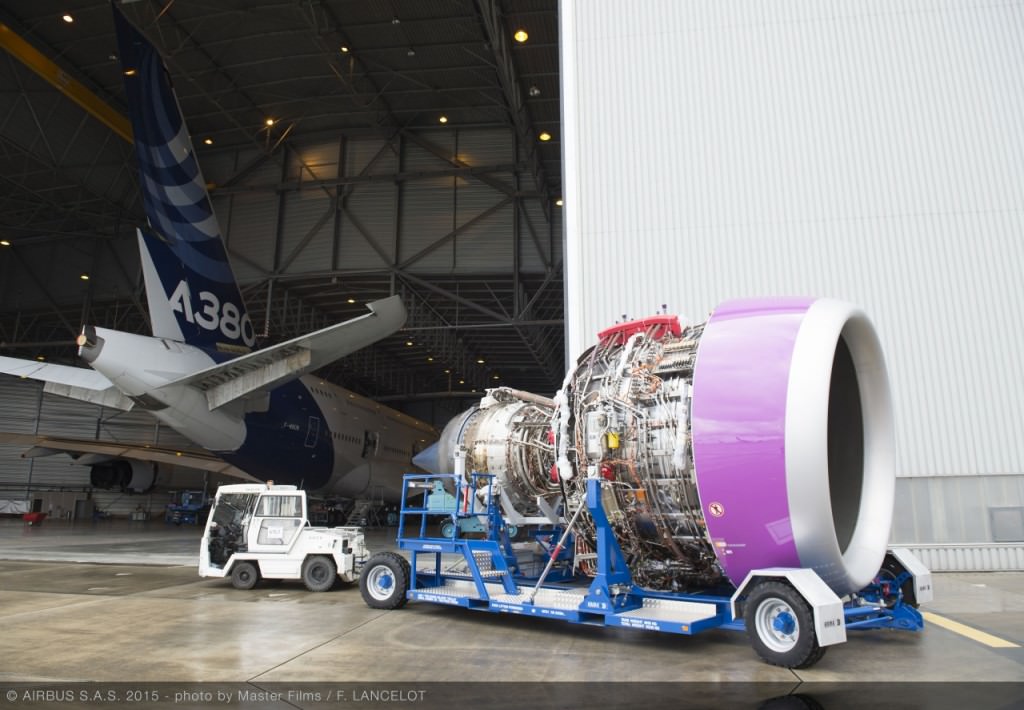What makes you feel good about using a specific device, tool, or machine?
Its functionality, of course. But besides, you’ll be glad if you never experience malfunctions or break downs. In which case you may recommend the product or buy more of the same manufacturer without pondering too much about alternatives.
Malfunction however is only a question of probability. There is no device, machine or system that will never have a defect.
Great technical designs malfunction at very low probability. Other designs break down a bit more often due to technical or economical reasons in the design phase. And of course it depends on how the product is treated, maintained and supervised during use.
Cars and airplanes are perfect examples. They almost never malfunction. That is because they are embedded in so-called Problem Avoidance Environments.
Famous Japanese Service Quality
In the last column, I talked about famous Japanese service quality. In my observation it is superior whenever Japanese service providers create “comfort environments” for their customers. Bus companies, restaurants or delivery services – there are many examples.
But most of them are not related to technical products. As soon as service concerns those, either in B2C or B2B businesses, I posit that the Problem Avoidance Environment is often lacking.
Problem Avoidance Environment
Problem Avoidance Environments reduce the probability that technical products suddenly malfunction. They keep downtime short – and customers happy.
Most companies offer maintenance visits at a certain frequency. But is that sufficient? In fact, there are additional measures that help creating a real Problem Avoidance Environment.
A car, for example, stores critical information in its on-board computer. This is of tremendous help at the service station when it is in for maintenance.
Jet engines continuously collect and send data to collection points to determine when maintenance will be required next. This happens in-flight!
Maintenance at the exact time when it’s needed to avoid a malfunctioning jet engine – you might regard this as the ultimate Problem Avoidance Environment.

Is something similar possible for other products, too? Is it economically feasible? Well, it depends on the product, its cost structure and servicing requirements.
Ultimately, any Problem Avoidance Environment is specific to a product, its usage and the capabilities of the service operation and it can be created for most, if not all B2C and B2B products.
In other words, when creating the best possible Problem Avoidance Environment for your specific product in your specific situation, you have to take into account your technical and financial possibilities.
Beside the technical expertise of your technicians, the most important parameters in service delivery are your service operation’s workflow, the availability of spare parts, and the location of your field technicians. Those determine travel time and thus how efficient your engineer can make it to the installed machine’s site. With the exception of the location of the service technicians, these parameters also determine how quickly a product runs through your repair center.
Key Determinants of an Effective Problem Avoidance Environment
Now I invite you to put yourself in the manufacturers shoes. Have a look at your company’s technical products. Are they embedded in problem avoidance environments?
If they are, the following statements should be familiar to you.
The members of your service operation consciously think about new ways to avoid malfunction instead of fixing existing problems, and your KPI’s reflect this focus.
The question of how problems can be avoided in the first place is already considered during the R&D stage of product development, and your service department is involved during these early-stage considerations.
You measure the effectiveness of maintenance visits.
Servitization of your products clearly goes beyond offering a number of x maintenance visits per year.
Data on malfunction frequency and down time at customer is continuously collected and analyzed in a structured way.
Your customers are surveyed regularly in a well-structured manner with regard to product and service satisfaction and requirements.
Results of these surveys lead to measurable enhancements of your service organization and its performance.
Your spare parts stock value is very low, but spare part availability is close to 98 percent.
Setting Yourself Apart From Competition
Unfortunately, while they are great creating “comfort environments” for consumer products and services, service organizations of both Japanese companies and foreign companies in Japan are not as good in creating “problem avoidance environments” for customers of their technical products.
If you believe that your organization is lacking a few of the above characteristics, you are not alone. It’s not easy and requires effort to fulfill them. But in turn it creates opportunity for those who go the extra mile.
Service-induced customer satisfaction is an extremely important factor in making purchase decisions for technical products.
As a manufacturer of technical products, your opportunity to set yourself apart from your competition in Japan may be larger and more profitable than you think.
If you have any questions or remarks please feel free to get in touch!



No comments yet.